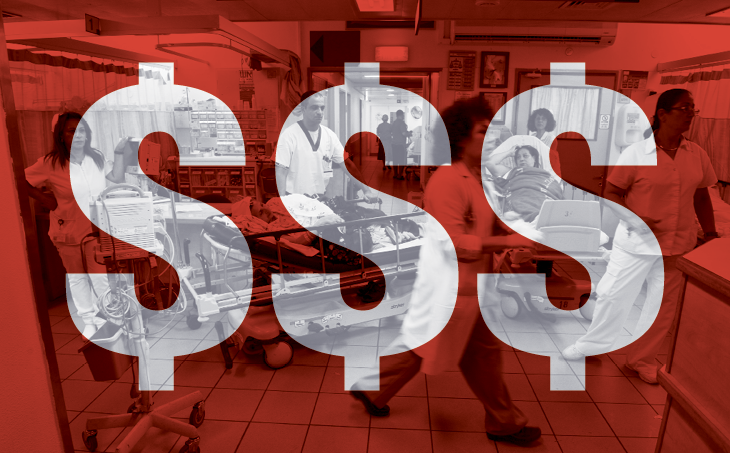1. It facilitates urgent patient requests. Patients are able to get almost immediate attention wherever they are since telemedicine isn’t bound by geography. Patients can easily access their doctors via email or a mobile app, allowing for faster response times and immediate information delivery.
2. It drives efficiency. Using telemedicine to adopt mHealth tools (like eVisit) means doctors can go directly to their patients instead of leaving them in a waiting room. With increased mobility, physicians and patients don’t have to deal with inconvenient appointment times, long drives to a central office, or waisting time in a crowded clinic.
3. It encourages collaboration. Since physicians can now reach patients directly on their devices, it allows both parties to easily collaborate during consultations. Patients can ask questions from home in an environment where they feel most comfortable. Telemedicine also means physicians can utilize online forums with their peers to discuss complicated cases and seek a professional second opinion.
4. It keeps costs low. Telemedicine can cut down on travel costs for both patients and physicians since it’s not bound by location. It can also be used to reduce costs associated with hospital admissions since physicians are able to easily contact patients when there's an urgent issue, potentially decreasing the need for hospital emergency services.
5. It ensures accuracy. Thirty-three percent of handwritten prescriptions require contact between the pharmacy and prescribing physician to clarify undecipherable scripts. With telemedicine, doctors save time and increase prescription accuracy by prescribing electronically. Telemedicine allows you to keep a patient's records in one location and update them immediately, ensuring files are a real-time reflections of an individual's health history.
6. It empowers patients. Telemedicine means patients can use mobile apps to monitor their health and play a proactive role in their care. It also means physicians can monitor patients remotely, even accessing vital signs.
7. It keeps you current. Technology is rapidly evolving, adapting to consumer needs and the changing healthcare landscape. Staying on top of emerging telemedicine technology means your practice will continue to stay relevant in the every-changing landscape.




